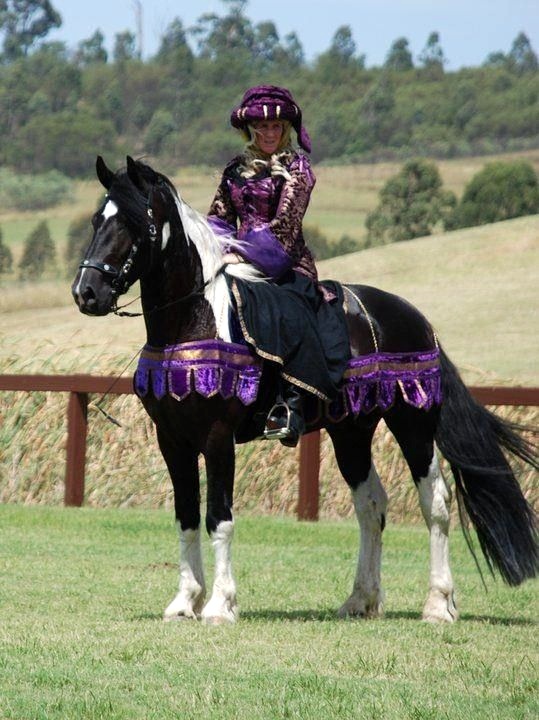The age-old tradition of horse racing has been a beloved pastime of people all over the world for centuries. It has become a popular form of entertainment and has spawned an entire industry of related businesses, such as betting and merchandising. But one thing that has always been a mystery to many is why horses race counterclockwise. In this article, we’ll explore the answer to the question, “Why do horses race counterclockwise?”
The History of Horse Racing
The origins of horse racing can be traced back to ancient civilizations, including the Greeks, Persians, and Romans. Horse racing is believed to have been a popular pastime in these cultures, and the tradition has been passed down through the generations. In modern times, horse racing is still a popular sport, with events held all over the world from the United States to the United Kingdom and beyond.
The Physiological Explanation
One of the most often-cited explanations for why horses race counterclockwise is the physiology of the horse. Horses are naturally inclined to run in circles, and their anatomy supports their natural gait. The anatomy of a horse’s legs and hooves are designed to propel them in a circular motion, and when a horse is running in a counterclockwise direction, it is easier for them to keep their balance and maintain their speed.
The Direction of the Track
Another factor that plays a part in why horses race counterclockwise is the direction of the track. Most horse racing tracks are oval-shaped and have been constructed in such a way that the horses run counterclockwise around the track. This is because the turns of a counterclockwise track are easier for the horse to navigate than a clockwise track, as the horse can keep its momentum as it turns.
The Racing Strategy
It is also believed that there is a strategic element involved in why horses race counterclockwise. Most racetracks have a rail that lines the inside of the track, and when horses race counterclockwise, they are able to keep closer to the rail, which gives them an advantage in terms of speed. Additionally, the inside lane of the track is often the least crowded, so horses running counterclockwise are able to avoid the congestion of the other horses.
The Comfort of the Horses
In addition to the physical and strategic advantages of racing counterclockwise, there is also the comfort of the horses to consider. Horse racing can be a stressful activity for the animals, and running counterclockwise may be more comfortable for them and easier for them to navigate.
The Influence of Human Preference
Some experts believe that the reason why horses race counterclockwise may be due to human preference. Over the centuries, humans have developed a preference for counterclockwise horse racing, and this has been passed down through the generations.
The Role of Tradition
The tradition of horse racing is also believed to be a factor in why horses race counterclockwise. Horse racing has been a part of human culture for centuries, and the tradition of counterclockwise racing has been passed down through the generations.
The Influence of Religion
Some experts believe that religion may have played a role in why horses race counterclockwise. In some cultures, the clockwise direction is considered to be bad luck, and the counterclockwise direction is seen as being more auspicious.
The Role of Superstition
In addition to religion, superstition may also have an influence on why horses race counterclockwise. For example, some trainers believe that running counterclockwise can bring good luck to their horses and increase their chances of winning.
Conclusion
From the physiological advantages to the influence of tradition and superstition, there are a variety of reasons why horses race counterclockwise. Ultimately, the answer may be a combination of all the factors discussed above, but one thing is certain: horse racing is an exciting and beloved pastime that has been enjoyed by people all over the world for centuries.



